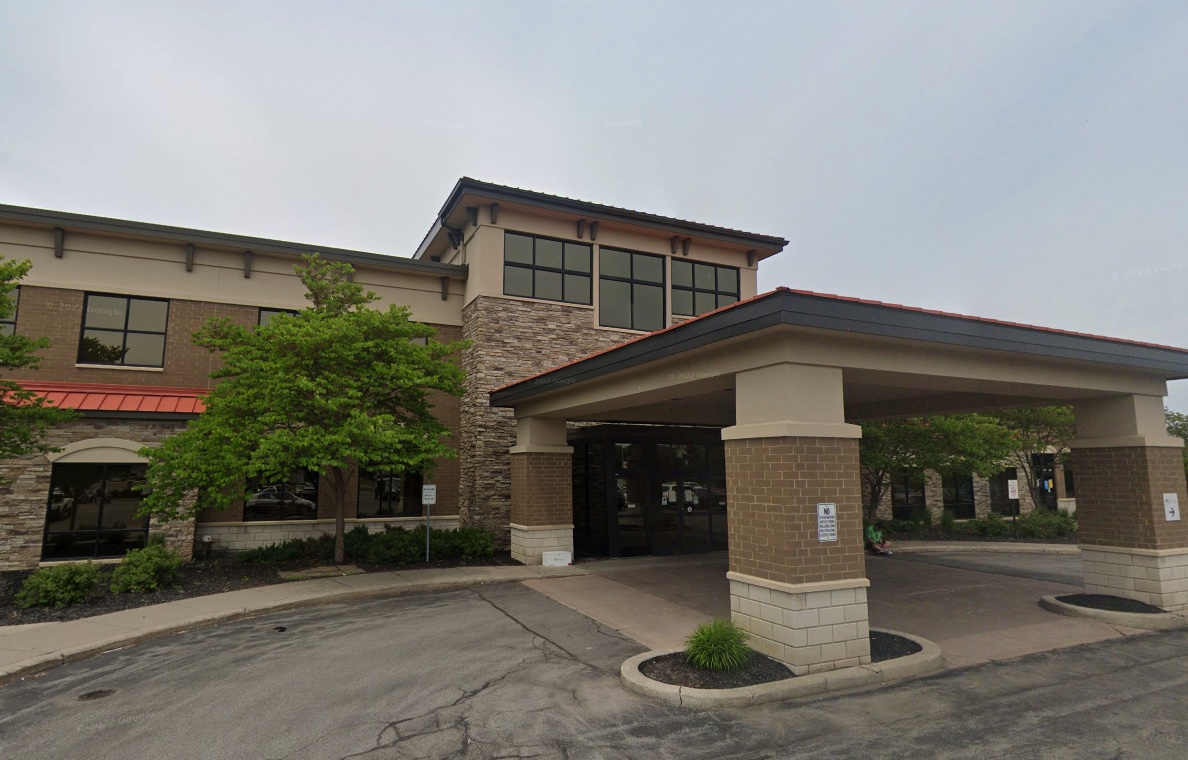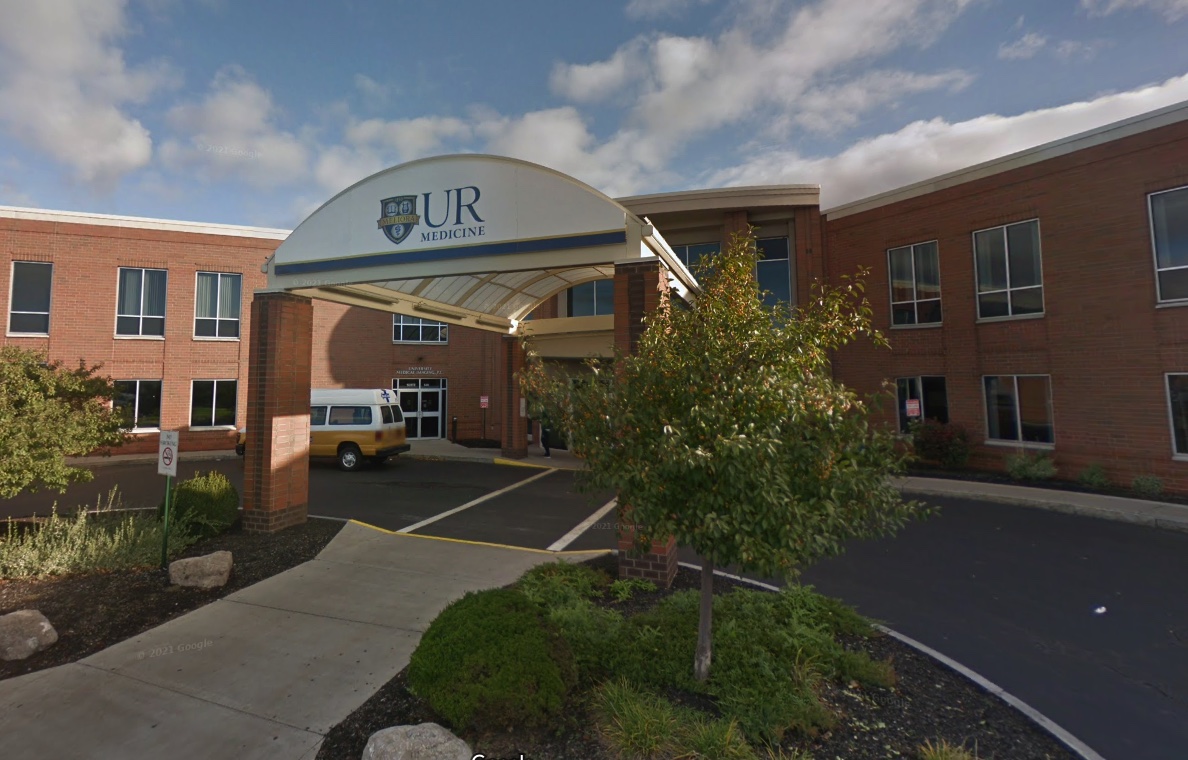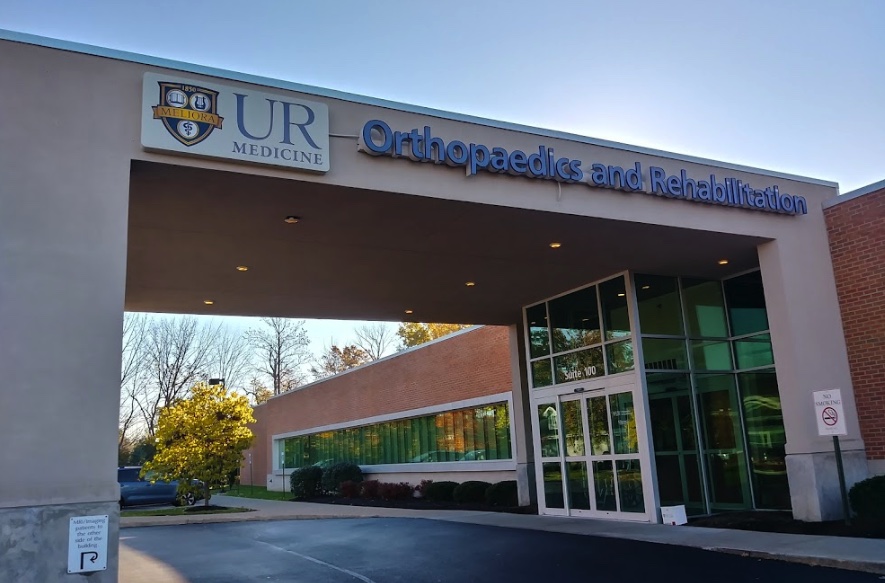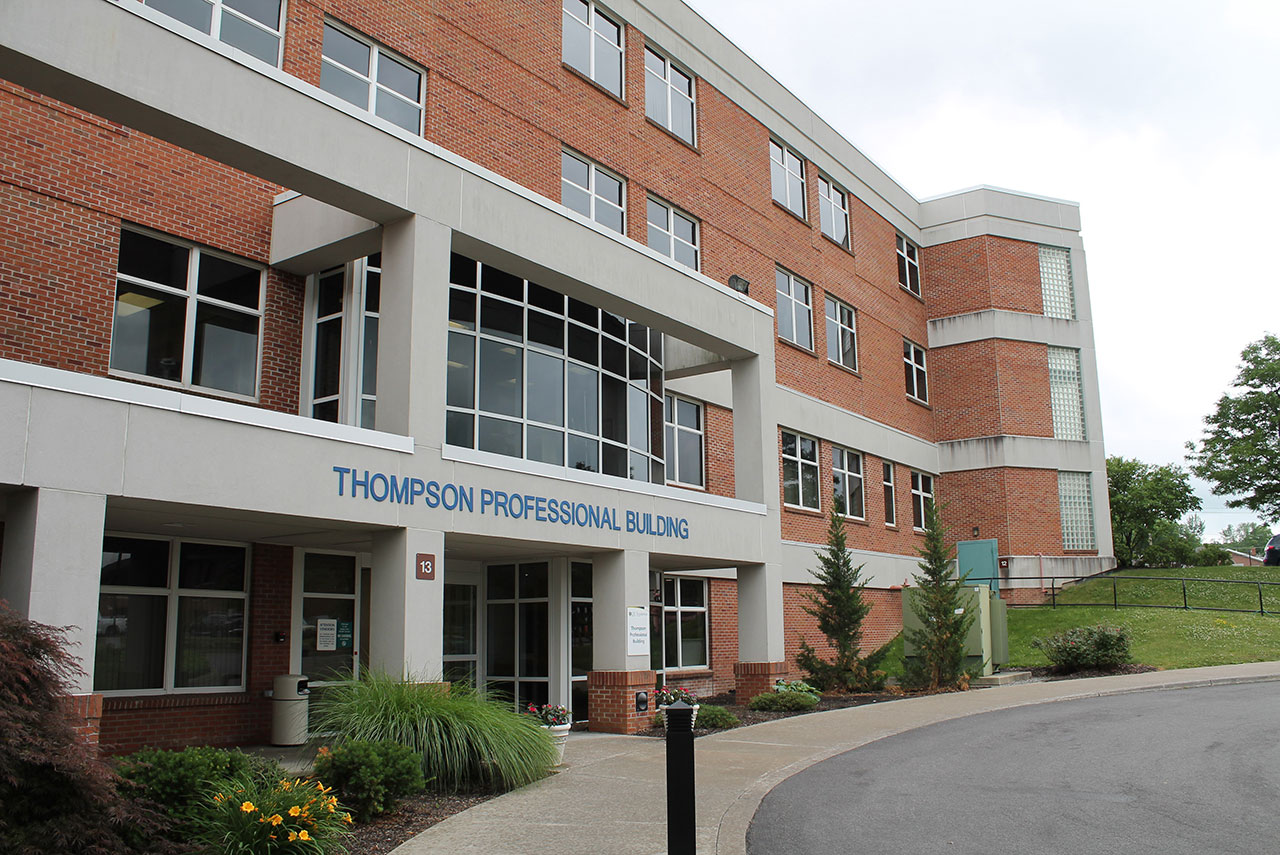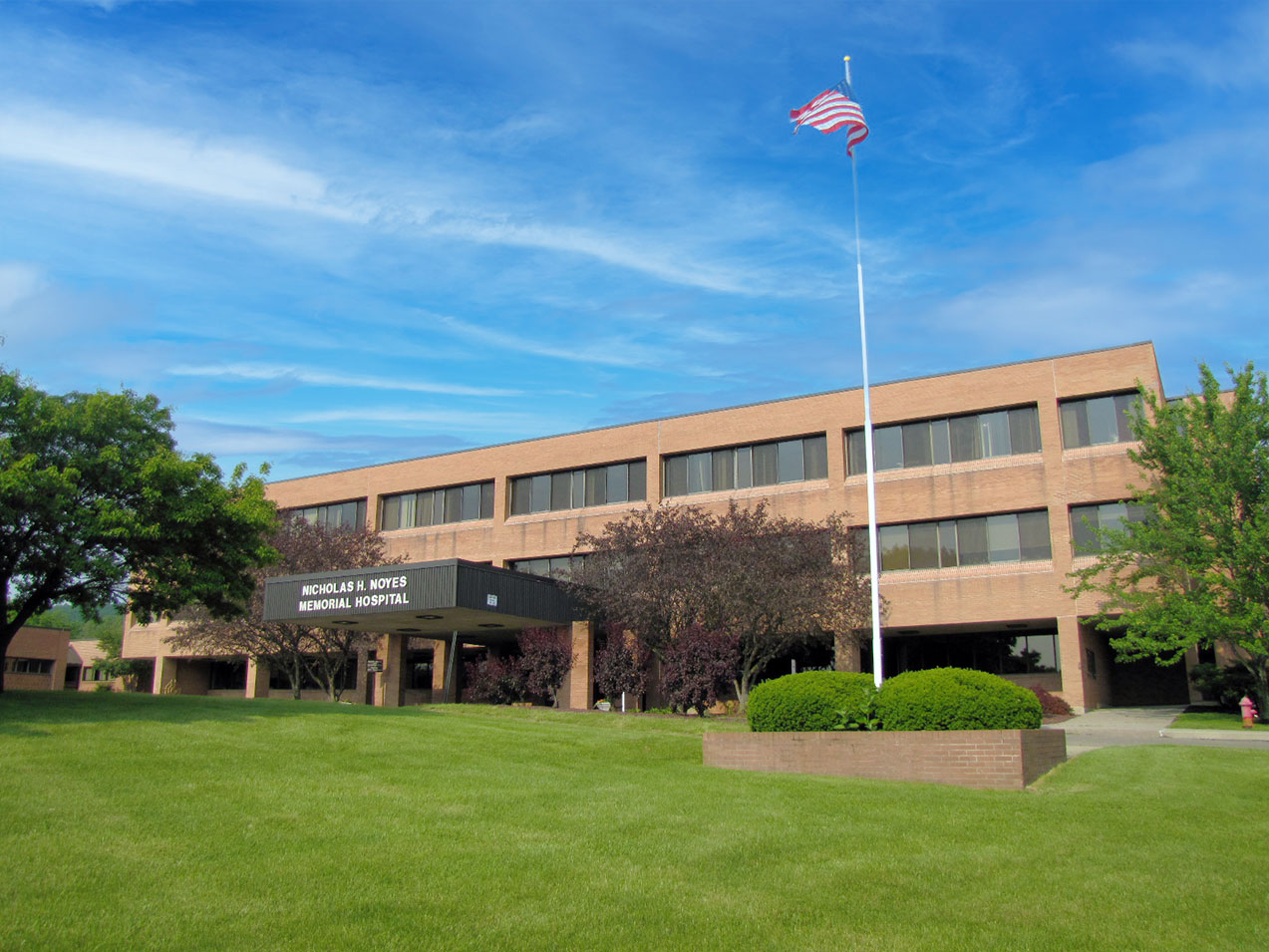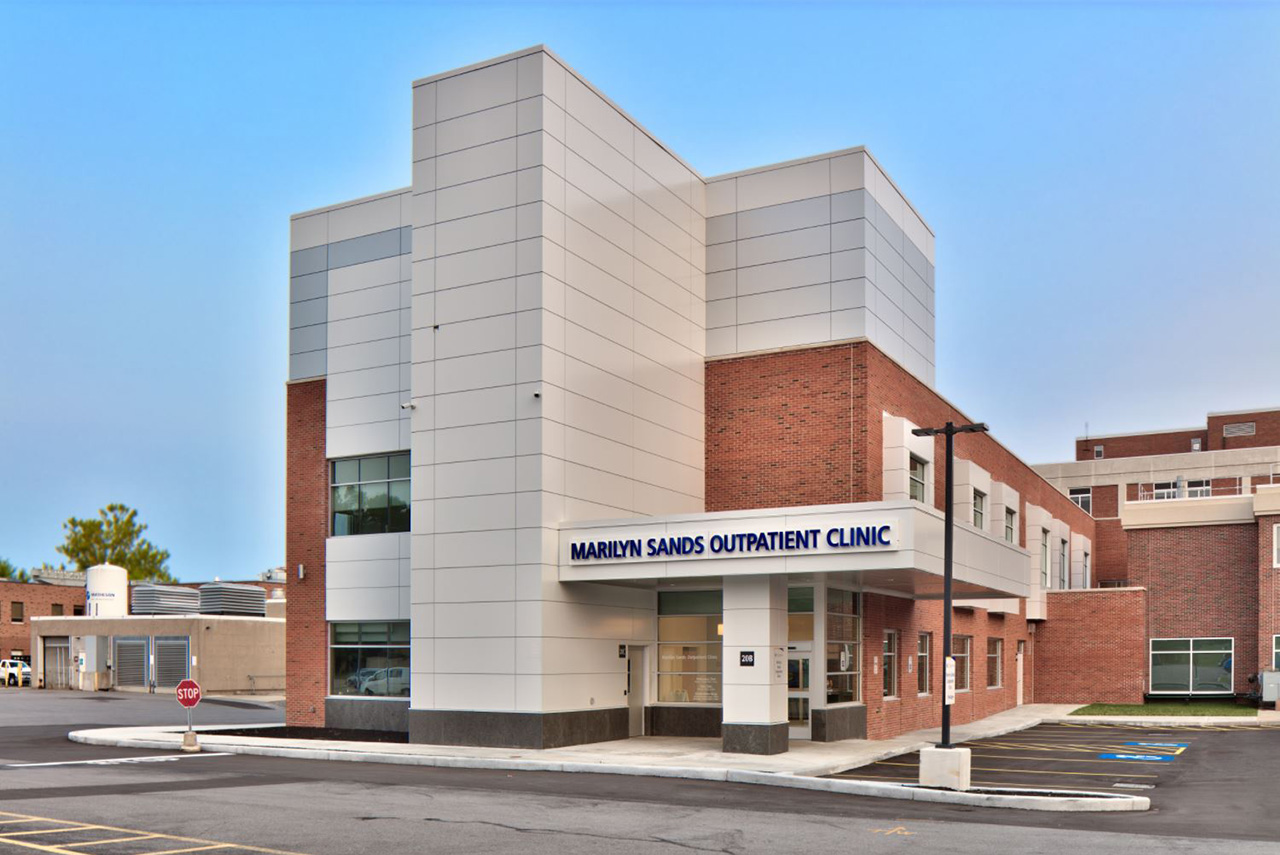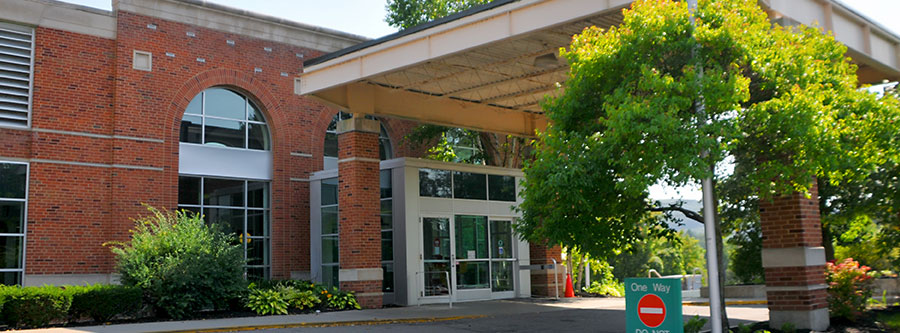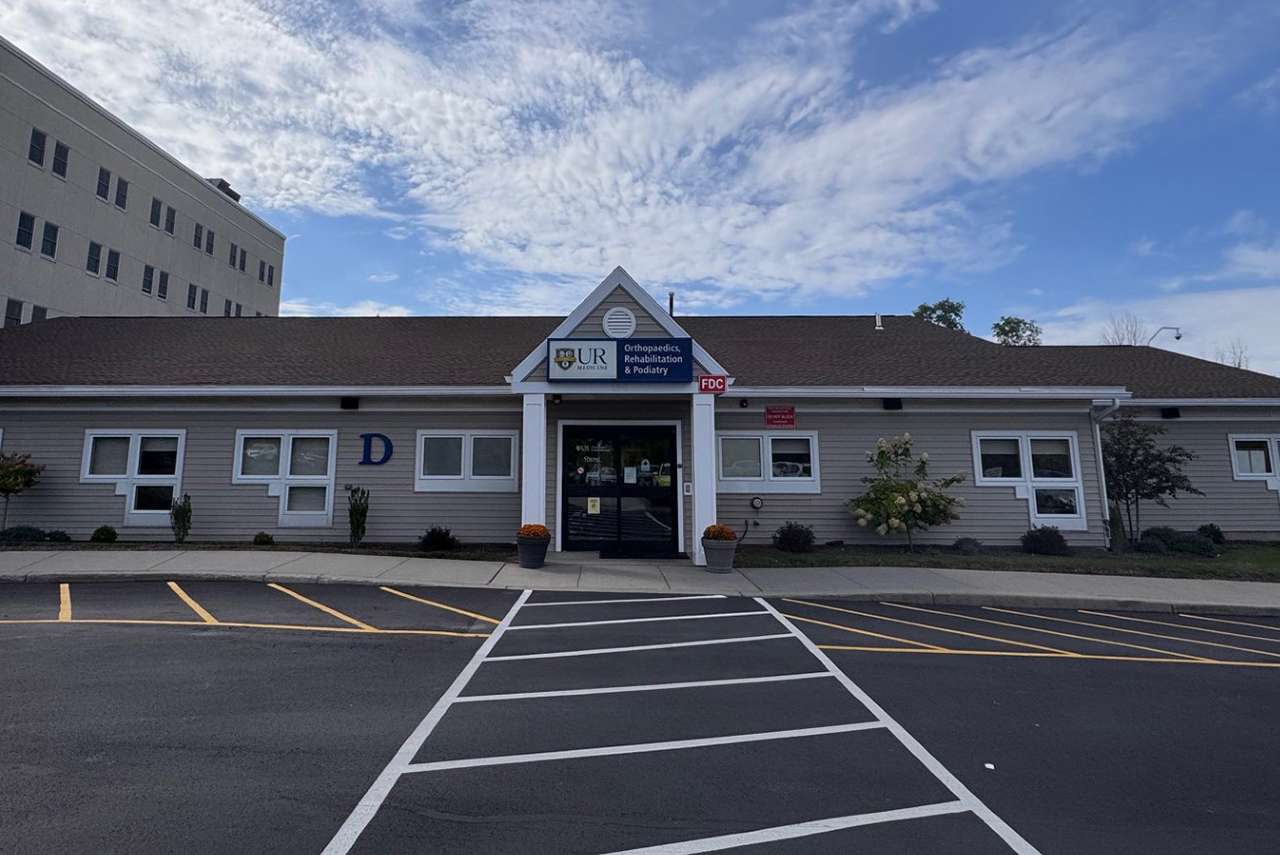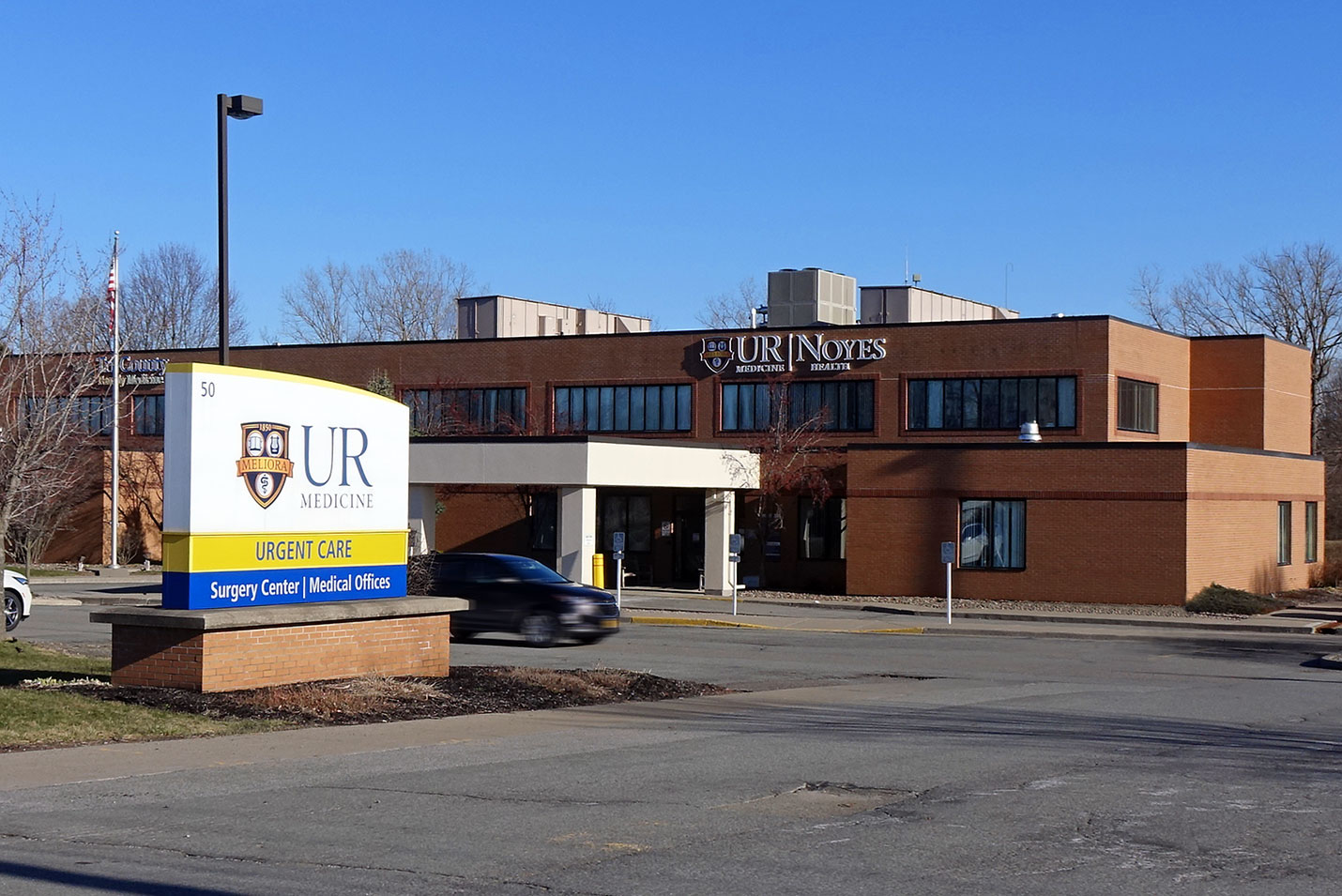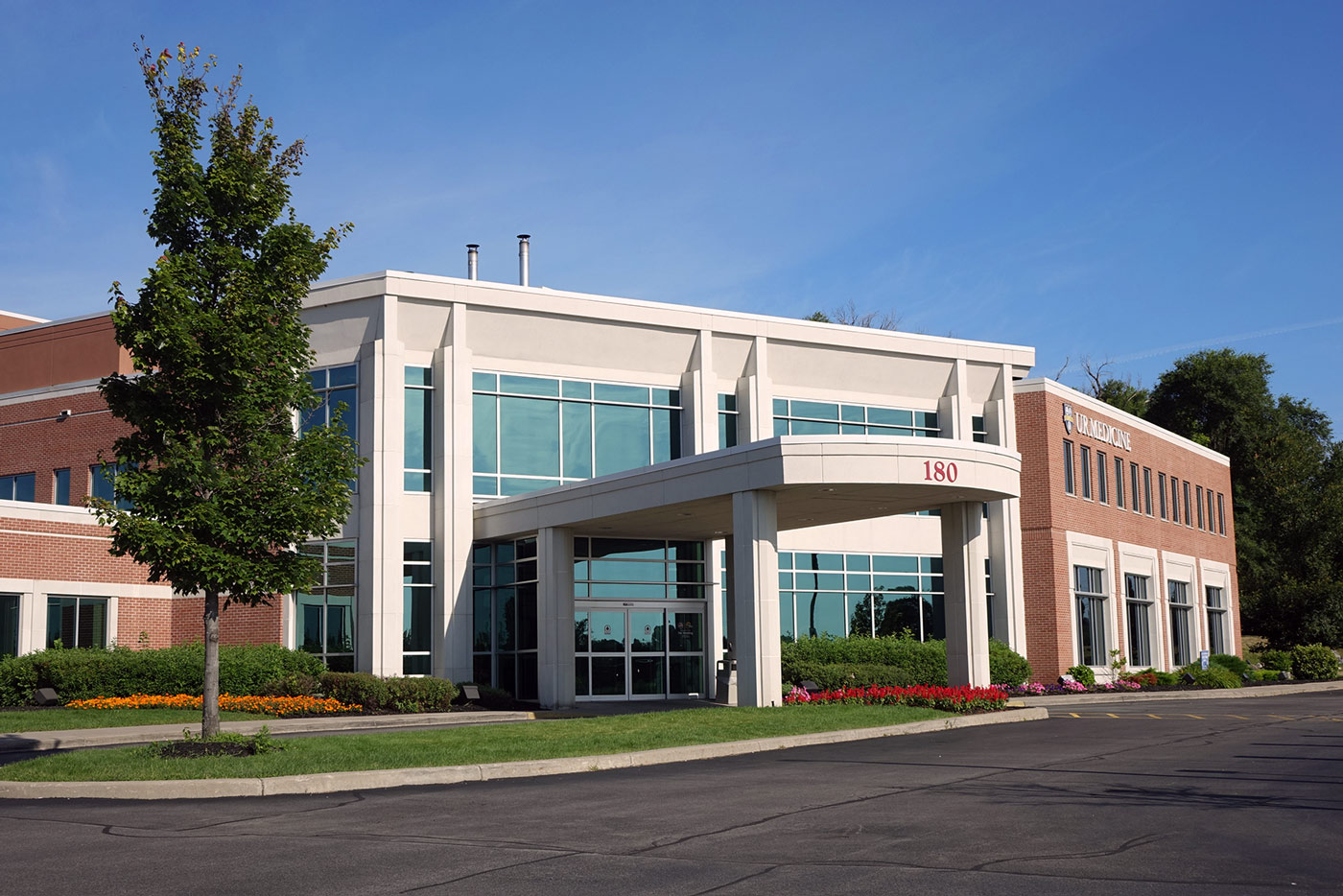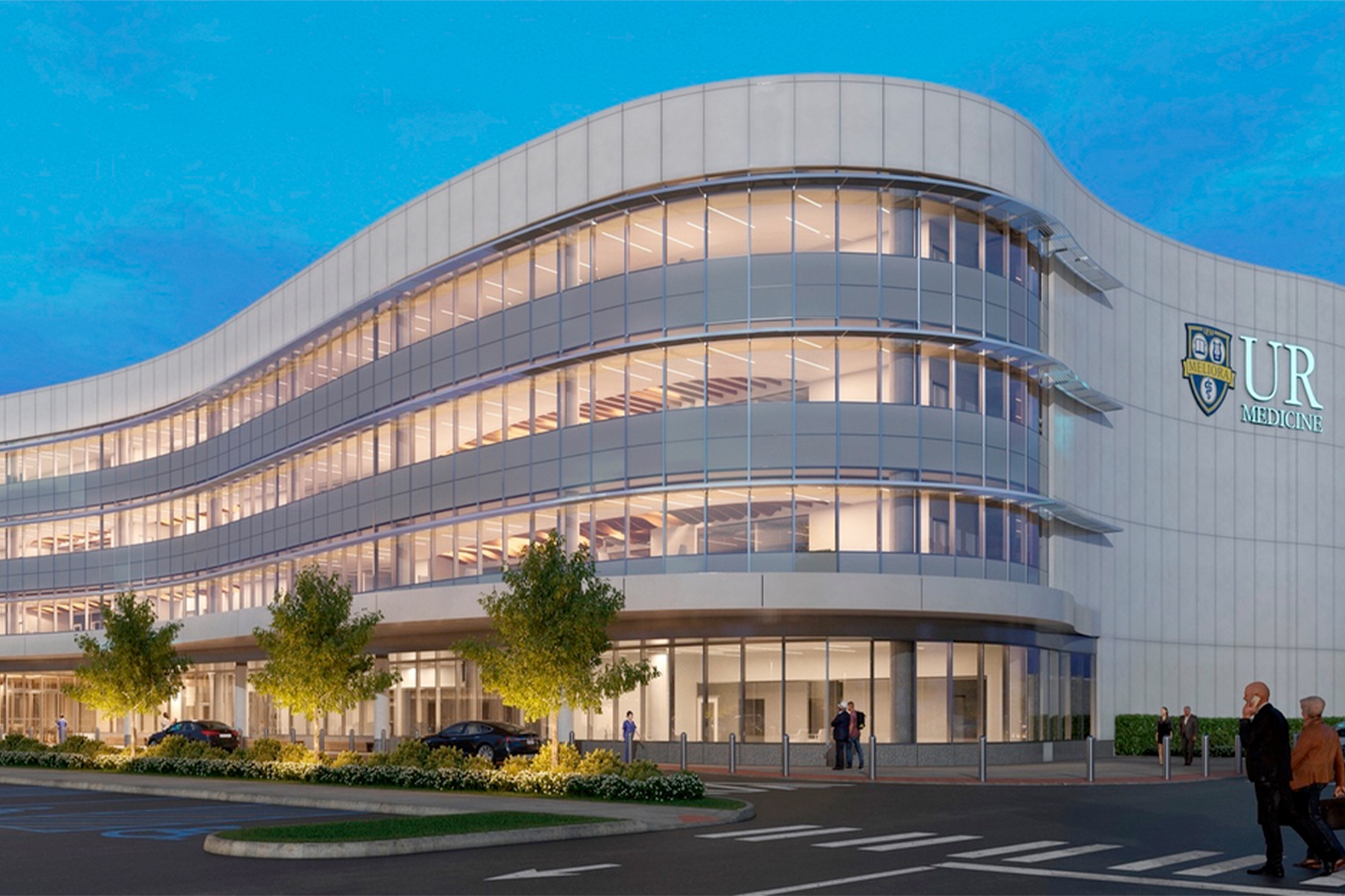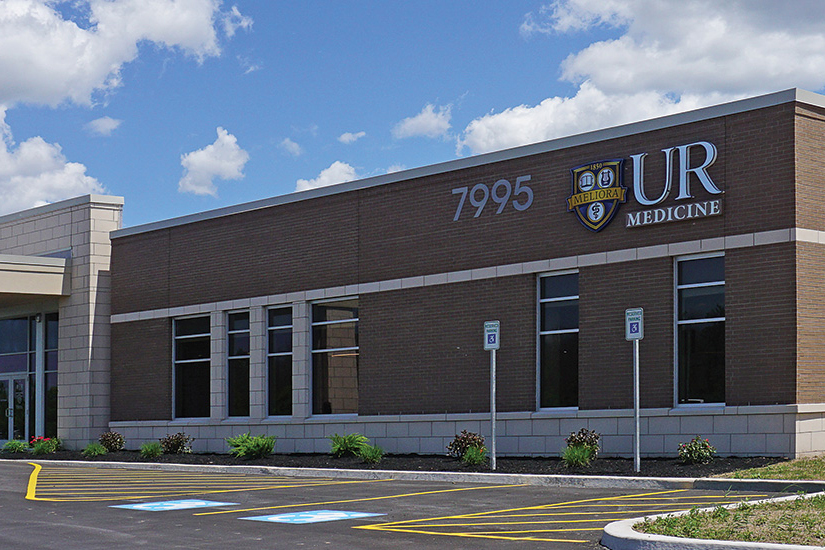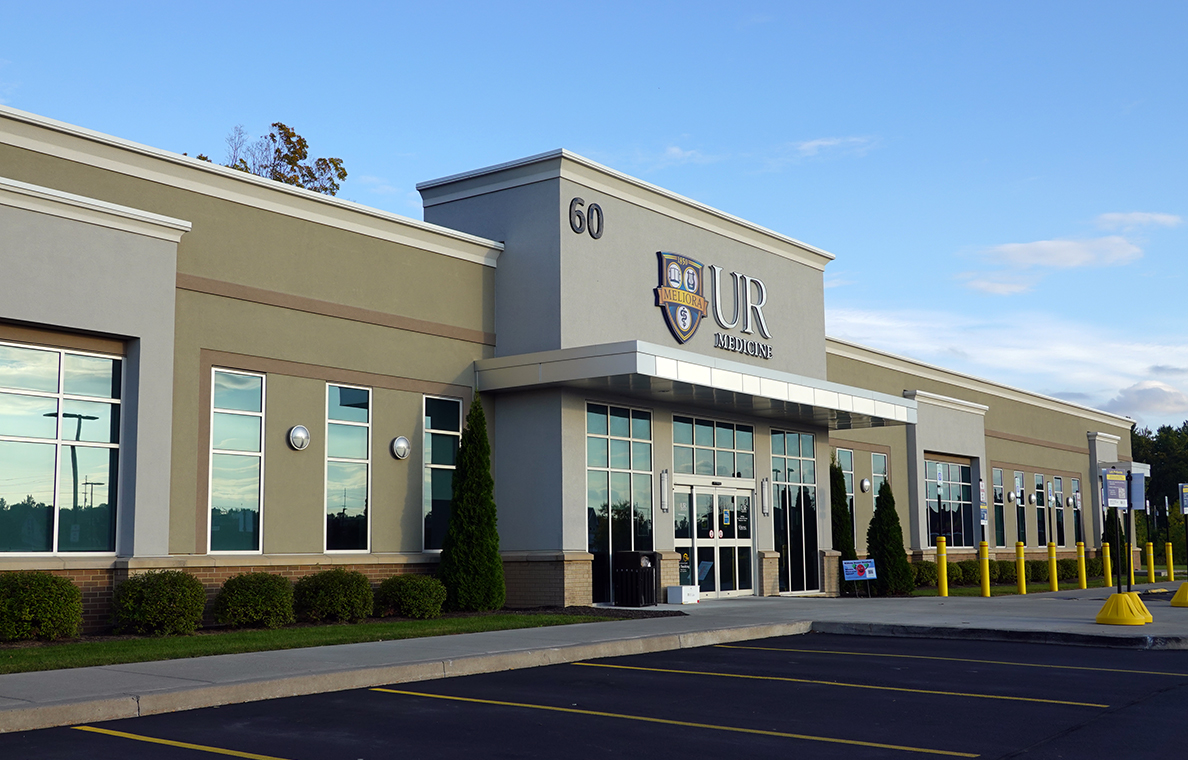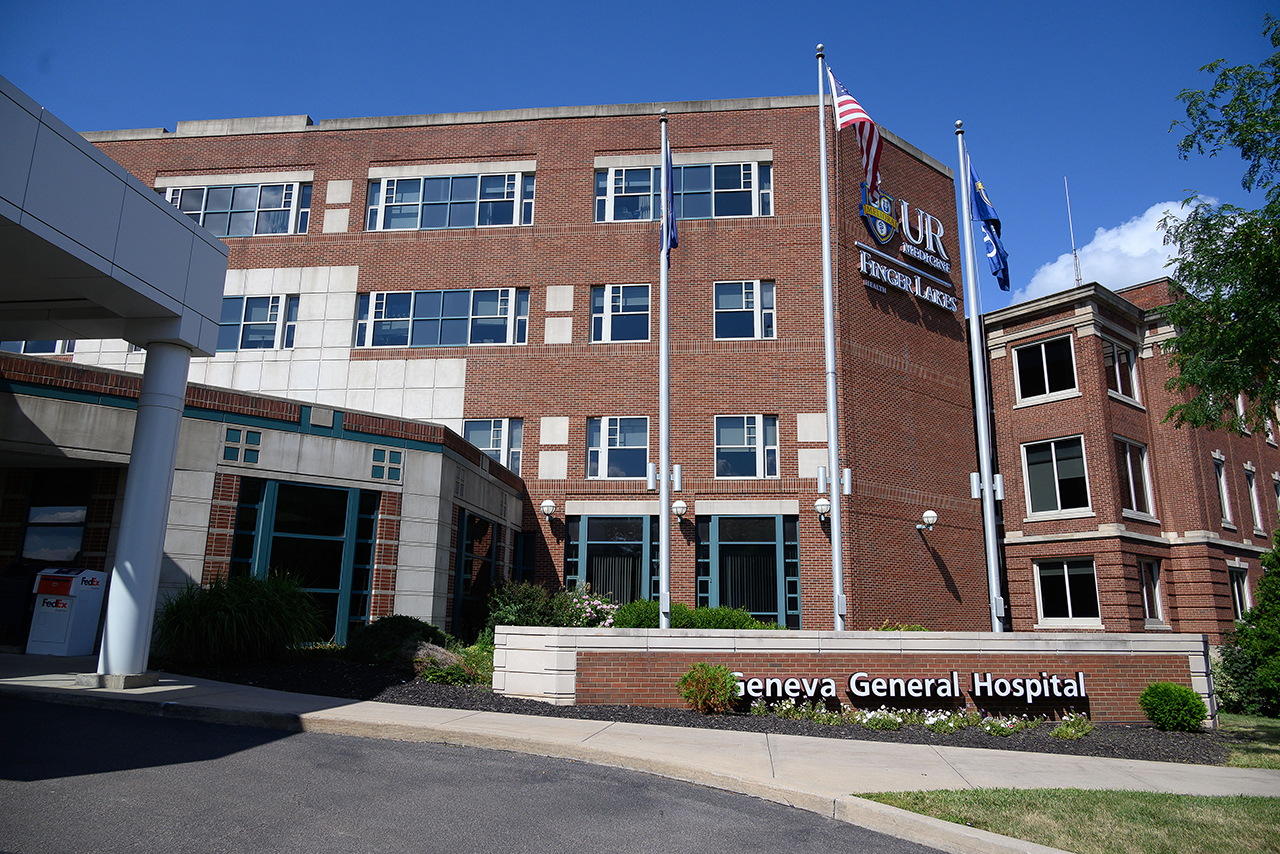Back & Neck Pain
Make Appointments & Get Care
What is Back and Neck Pain?
Treating spine problems takes a team of doctors with different kinds of training and experience. Our experts in Anesthesiology, Neurosurgery, Orthopaedics, and Physical Medicine and Rehabilitation are leaders in treating back and neck pain. UR Medicine offers a multidisciplinary approach to pain treatment, so you will have a complete team of pain experts working for you.
Back and neck pain are common. They can happen after a sports injury or a fall. They can also be caused by normal wear and tear over time, aging, or health problems that affect the bones, joints, or ligaments. Sometimes, pain can even come from an infection or illness. Doctors who treat back and neck problems are called spine specialists.
Some of the conditions that cause back and neck pain include:
UR Medicine's Treatments for Back & Neck Pain
You can seek care for back or neck pain from your primary care provider, orthopaedic urgent care, or via virtual urgent care. Your physician may use a combination of physical exams, diagnostic tests, and imaging like MRIs or CT scans to determine the cause of your back and/or neck pain. Depending on your diagnosis, your provider may refer you to a UR Medicine specialist.
Treating conditions of the spine takes a team of physicians with a wide range of specialties and expertise, including Anesthesiologists, Neurosurgeons, Orthopaedic Surgeons, and Physical Medicine and Rehabilitation providers. Treatment options may include medication, physical therapy, surgery, or a combination of pain management strategies.
Neuro Spine Care
We treat patients at 15 convenient locations across the Rochester metropolitan area and surrounding region.
Surgery
If your physician recommends surgery to treat your back or neck pain, our neurosurgeons and orthopaedic spine surgeons are experts and innovators in the latest minimally invasive procedures.
UR Medicine surgeons offer every type of spine surgery needed, including:
- Anterior lumbar interbody fusion (ALIF)
- Cervical laminectomy with discectomy
- Anterior cervical discectomy with fusion
- Cervical decompression with and without fusion
- Thoracic spine surgeries
- Lumbar laminectomies, foraminotomies, decompression and fusion procedures
For patients who need rehabilitation, we also run the Active Spine Program to help you regain your ability to move safely with less pain. Our specialists in the program work closely with your spine physicians as part of your medical team. You, your doctor, and your therapists will work together to develop a care plan that works with your doctor's treatment.
What Sets Us Apart?
UR Medicine spine care provides nationally recognized orthopaedic surgeons, physical medicine specialists (physiatrists), neurosurgeons, neurologists, physical therapists, rehabilitation experts, and neuro-pain management providers.
Our team has the longest history of treating conditions of the spine in the Rochester metropolitan area and surrounding region. Over 50 spine providers consisting of internationally and nationally recognized experts provide interventional procedures, surgical spine management, spine specialized physical therapy, and pain psychologists that function in a multidisciplinary and coordinated care model tailored to your specific needs.
And because we’re an academic medical center, our involvement in research and education means our patients get access to clinically effective treatments that use the newest technologies, including computer-guided surgery, minimal incision surgery, minimally invasive surgery, and physical therapy and rehabilitation.
Locations
View All LocationsWe serve you in the Rochester metropolitan area and surrounding region.
View All Locations24 locations
South Pointe Landing
10 South Pointe Landing, Suite 100
Rochester, NY 14626
Omnitech Park
7670 Omnitech Place
Victor, NY 14564
Clinton Crossings, Building D
4901 Lac De Ville Boulevard, Suite 220
Rochester, NY 14618
Platinum Office Complex
2064 Fairport Nine Mile Point Road, Suite 100
Penfield, NY 14526
2180 South Clinton Avenue
Rochester, NY 14618
Parnall Office Building at Rochester General Hospital
1445 Portland Avenue, Suite 305
Rochester, NY 14621
84 Canal Street, Suite 8
Big Flats, NY 14814
Thompson Professional Building
395 West Street, Suite 007
Canandaigua, NY 14424
Noyes Memorial Hospital
111 Clara Barton Street, Suite 178A
Dansville, NY 14437
St. James Medical Office Building
7309 Seneca Road North, Suite 102
Hornell, NY 14843
Marilyn Sands Outpatient Clinic
395 West Street, Door 20B
Canandaigua, NY 14424
200 Clifton Springs Professional Park
Clifton Springs, NY 14432
St. James Medical Office Building
7309 Seneca Road North, Entrance C, Suite 102
Hornell, NY 14843
Jones Memorial Hospital
191 North Main Street
Wellsville, NY 14895-0072
Noyes Memorial Hospital
111 Clara Barton Street
Dansville, NY 14437
Strong West Annex, Building D
156 West Avenue
Brockport, NY 14420
Noyes Health Services
50 East South Street, Suite A
Geneseo, NY 14454
Surgery Center at Sawgrass
180 Sawgrass Drive, Suite 210
Rochester, NY 14620
Marketplace
10 Miracle Mile Drive
Rochester, NY 14623
7995 Call Parkway, Suite 100
Batavia, NY 14020
Geneva General Hospital
200 North Street, Suite 304
Geneva, NY 14456
1340 Washington St, Suite 3
Watertown, NY 13061
Patient Education & Support
Related Services & Conditions
- Herniated Disc
- Scoliosis
- Spinal Stenosis
- Pain Management
- Neurological Rehabilitation
- Orthopaedics & Physical Performance
- Physical Medicine & Rehabilitation
- Neurosurgery
- Neuromedicine Pain Management
- Anesthesiology and Perioperative Medicine
- Diagnostic and Interventional Neuroradiology
- Vascular and Interventional Radiology
- Spine Center
- Internal Medicine
- Neuro Spine Care
- Active Spine Program

